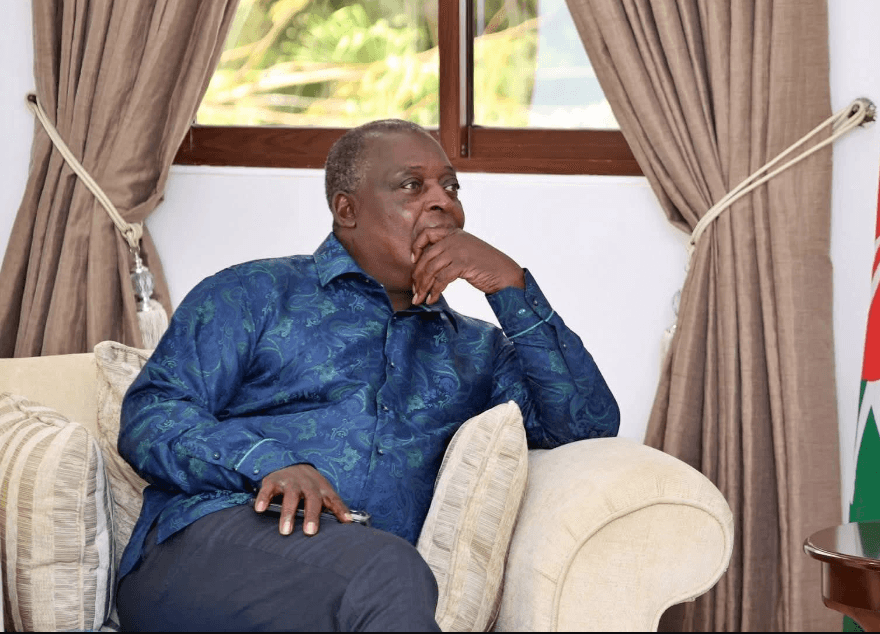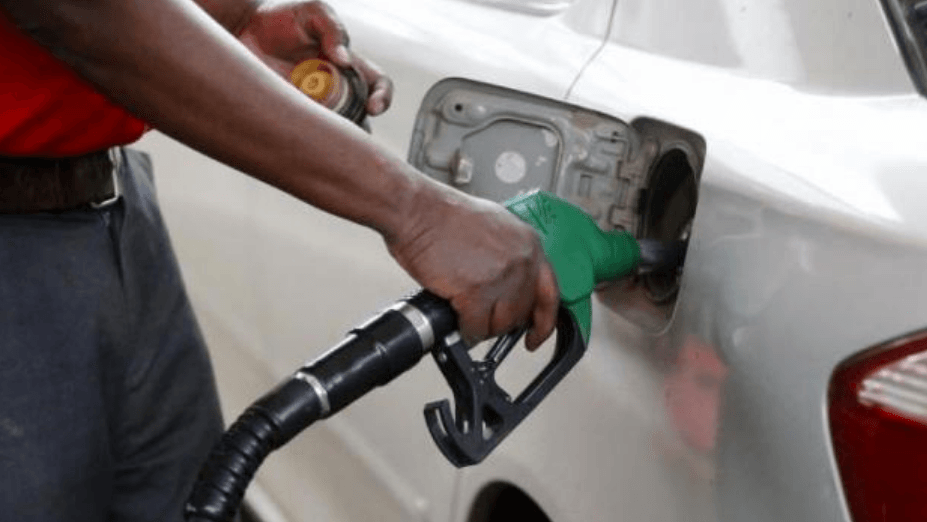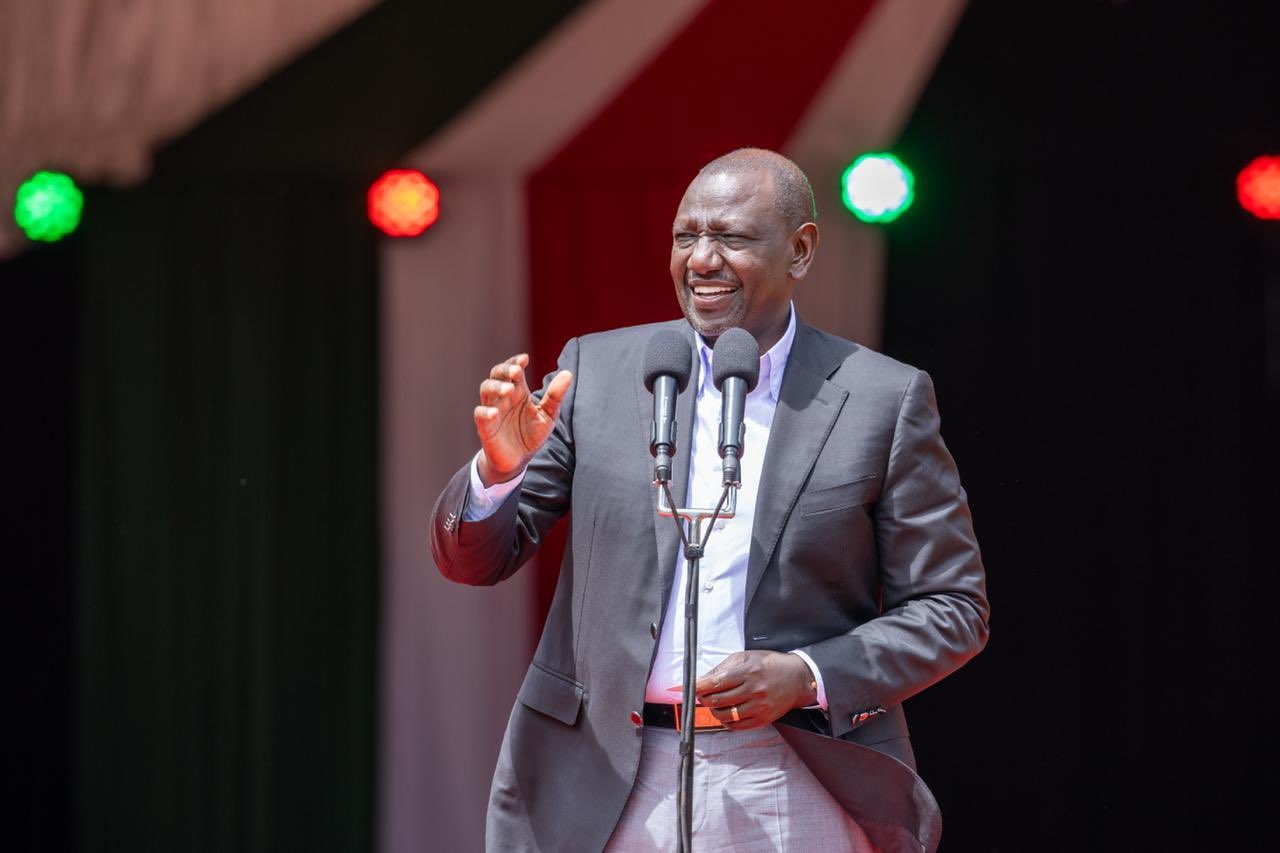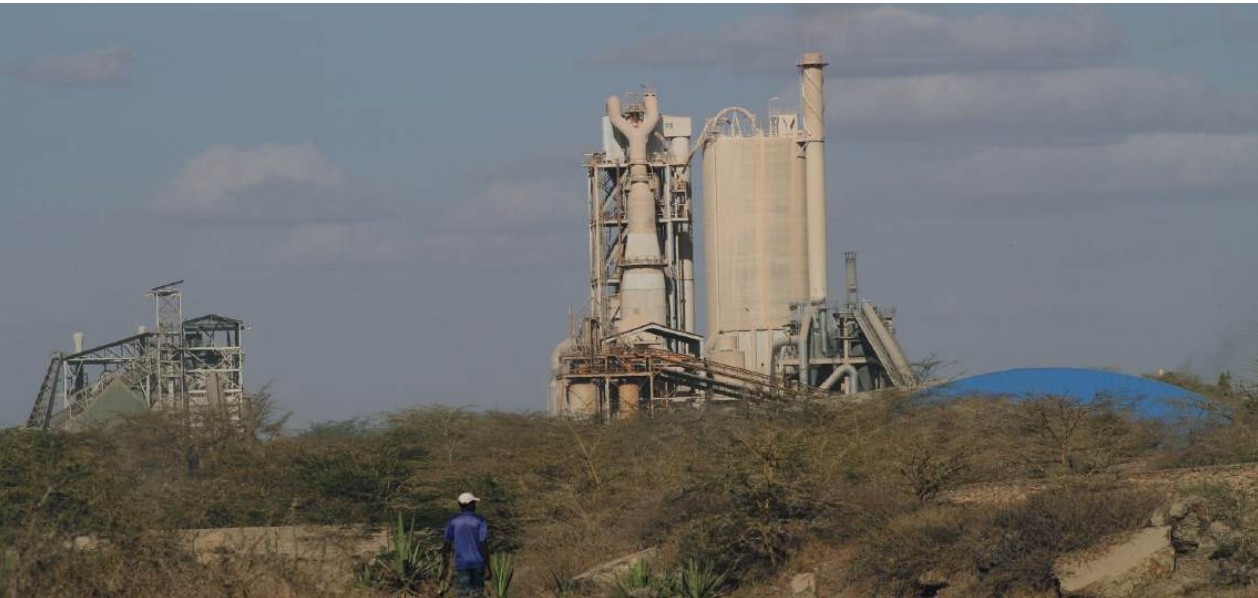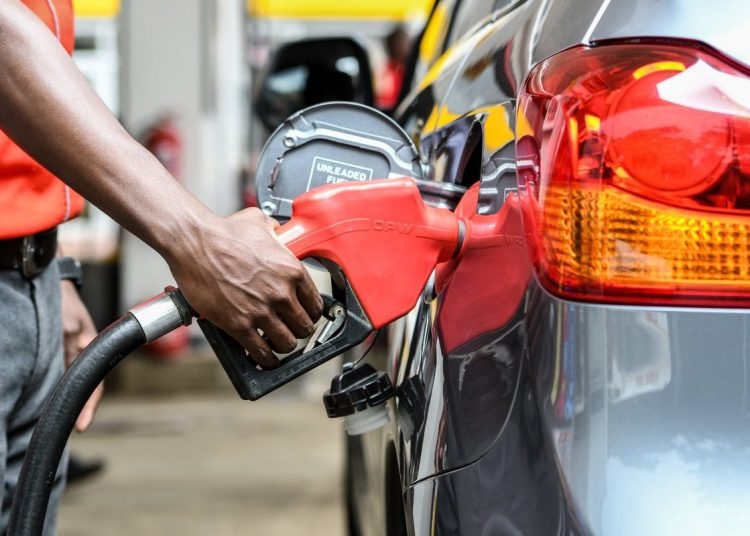The Russia-Ukraine war has thrust the global spotlight onto a fragile element of our modern existence – the synthetic fertiliser supply chain. As the conflict rages on, its effects are rippling across the globe, manifesting as skyrocketing food prices and severe food insecurity.
According to the World Food Programme, the number of people grappling with acute food insecurity has more than doubled since 2020, leaving up to 828 million individuals uncertain about their next meal. This crisis is particularly acute in developing regions like Africa and Latin America, where vulnerabilities in the food system are being exposed in stark relief.
The impact on Africa has been profound. Paradoxically, many African countries blessed with oil reserves have long flared associated natural gas, sacrificing potential energy access due to the lack of a viable market.
This practice has persisted despite the glaring need for domestic energy and electrification. However, the current upheaval in the fertiliser market presents an unprecedented opportunity for these countries to harness natural gas resources for both energy generation and fertiliser production.
Africa's heavy reliance on fertiliser imports, 30 per cent of which came from Russia and Ukraine, has left it exposed to supply uncertainties and price hikes. This disruption has led to reduced use of essential nitrogen fertilisers, which is projected to result in decreased grain production just as Ukraine's own grain exports dwindle.
However, adversity often brings innovation, and the turmoil has paved the way for emerging economies to step in and start domestic fertiliser production.
The potential economic and environmental dividends of this shift are numerous. A nascent fertiliser industry driven by locally produced natural gas could catalyse industrialisation, create jobs and stimulate agricultural productivity. Furthermore, it could establish affordable electricity access and generate revenue for extending energy grids to underserved communities.
Opportunities for transforming energy resources into food security exist in African nations where LNG production is either underway or planned. By seizing these opportunities, these countries can establish lower-cost natural gas markets, bolster their agricultural sectors, and contribute to global emissions reduction efforts.
Currently, Africa's low fertiliser use and agricultural yields underscore the need for a more sustainable and productive approach. The Abuja Declaration aimed to raise fertiliser use in Africa to 50kg per hectare of cropland by 2015, a target that remains elusive due to the high cost of imported fertilisers.
However, decarbonising conventional ammonia production could offer a multifaceted solution. Not only would it contribute to meeting the Paris Agreement goals, but it could also bolster fertiliser production capabilities while mitigating emissions.
A vital aspect of this transition involves addressing the alarming rate of natural gas flaring in Africa, a practice that both wastes valuable energy resources and exacerbates emissions.
Instead of squandering natural gas through flaring, redirecting it toward nitrogen fertiliser production holds immense promise. By adopting innovative technologies such as autothermal reformers, this approach could significantly reduce methane and carbon dioxide emissions while ensuring food security.
In conclusion, the Russia-Ukraine war has unveiled vulnerabilities in the synthetic fertiliser supply chain that demand our attention. Africa and Latin America find themselves particularly exposed, but they also stand at the crossroads of transformative opportunities.
By harnessing natural gas resources for local fertiliser production and energy generation, these regions can simultaneously bolster food security, create jobs and contribute to global emissions reduction efforts.
The challenges we face can serve as the catalyst for a more sustainable and secure future – one where prosperity and environmental stewardship go hand in hand.
Andrew Kamau serves as the Co-Director for the Energy Opportunity Lab, leading the lab’s projects outside of the United States




